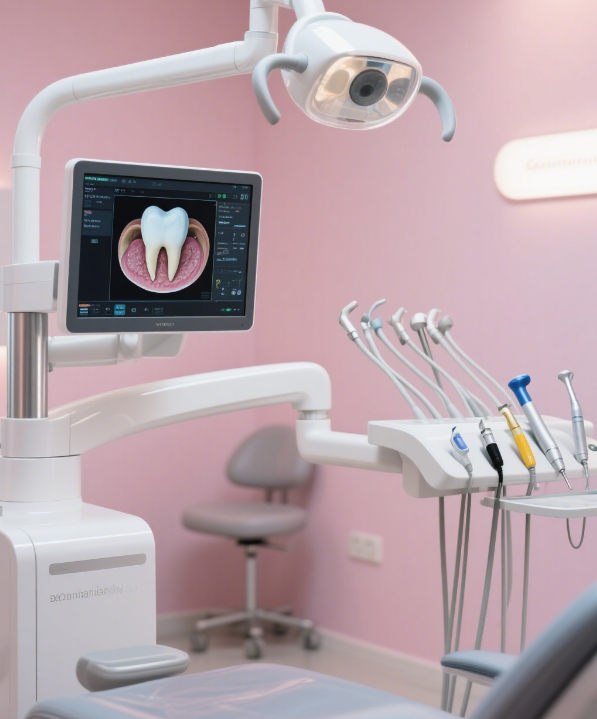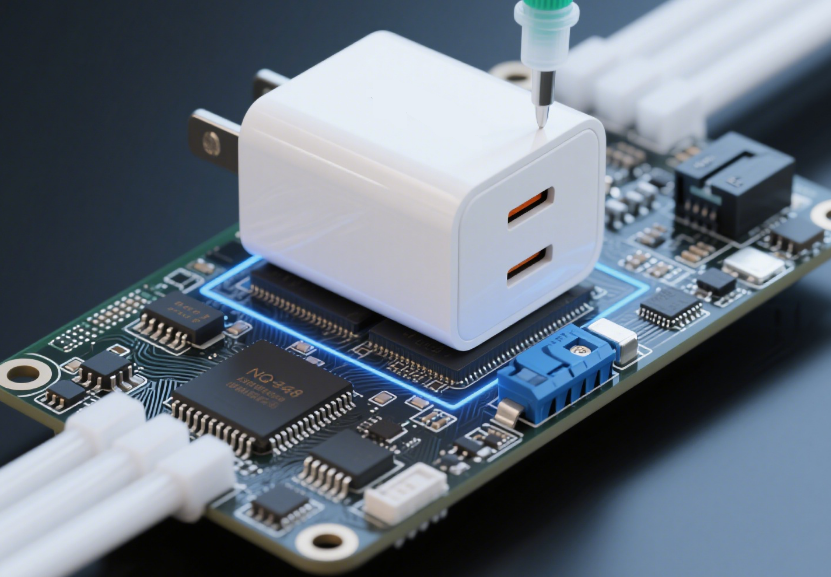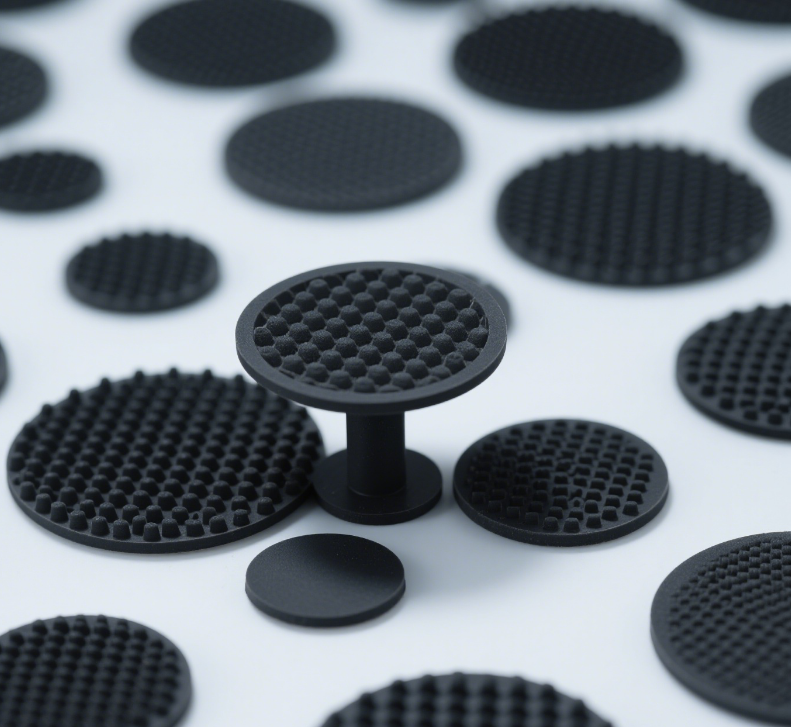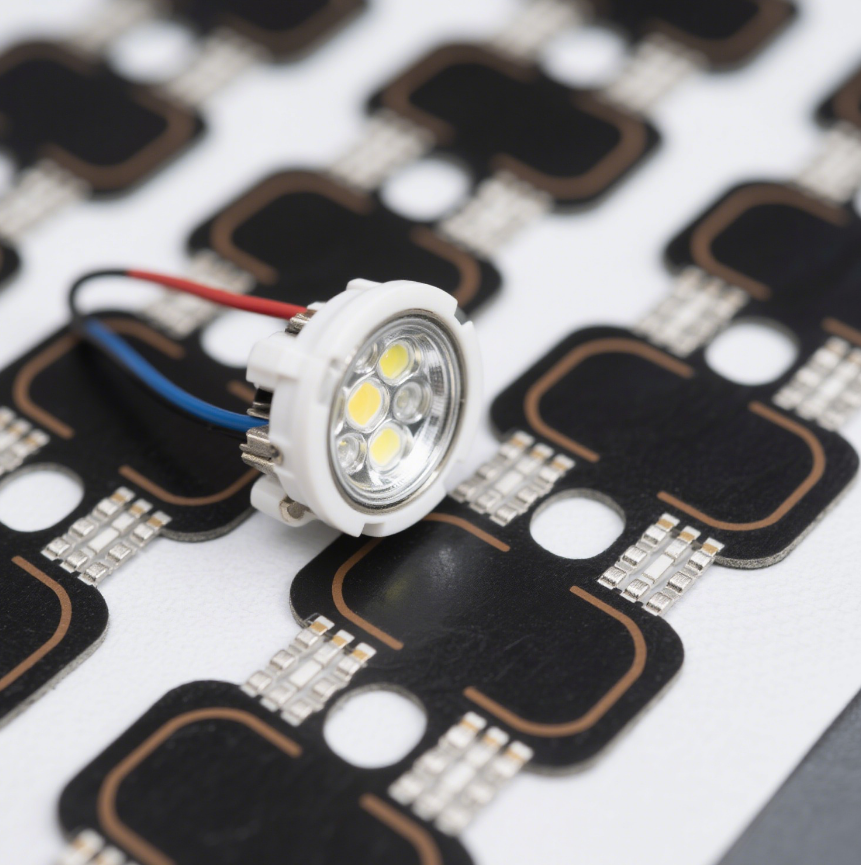Electronic Shielding Rubber in Diagnostic Equipment
2025/06/27
0
In the highly sensitive environment of diagnostic equipment, where accurate and reliable measurements are essential, electronic shielding rubber has become a critical component. This specialized rubber is designed to protect diagnostic devices from electromagnetic interference (EMI) and radio frequency interference (RFI), ensuring the integrity of the diagnostic signals and the safety of patients and operators.
Electronic shielding rubber is typically made from a combination of elastomers, such as silicone or EPDM (ethylene propylene diene monomer), and conductive fillers, such as carbon black, silver, or nickel. The conductive fillers are dispersed throughout the rubber matrix, creating a continuous conductive path that effectively blocks electromagnetic waves.
One of the primary applications of electronic shielding rubber in diagnostic equipment is in enclosures and housings. Diagnostic devices are often exposed to a variety of electromagnetic fields, both from external sources and from internal components. By using electronic shielding rubber gaskets and seals in the enclosures, manufacturers can create a shielded environment that prevents electromagnetic waves from entering or exiting the device. This shielding not only protects the diagnostic signals from interference but also helps to prevent the device from emitting electromagnetic radiation that could interfere with other electronic equipment.
In addition to enclosures, electronic shielding rubber is also used in cable assemblies and connectors. Diagnostic equipment often relies on cables to transmit electrical signals between different components. These cables can act as antennas, picking up electromagnetic interference from the surrounding environment. By using electronic shielding rubber in cable jackets and connectors, manufacturers can reduce the susceptibility of the cables to EMI and RFI, ensuring the reliable transmission of diagnostic signals.
Another important application of electronic shielding rubber is in medical imaging equipment, such as X-ray machines, CT scanners, and MRI scanners. These devices generate strong electromagnetic fields during operation, which can interfere with the accuracy of the imaging results. Electronic shielding rubber is used to shield the sensitive components of these devices, such as detectors and electronics, from the electromagnetic fields, ensuring clear and accurate images.
The use of electronic shielding rubber in diagnostic equipment offers several advantages. Firstly, it helps to improve the accuracy and reliability of diagnostic measurements by reducing electromagnetic interference. This is particularly important in applications where small electrical signals need to be detected and measured accurately, such as in electrocardiography and electroencephalography. Secondly, it helps to protect the safety of patients and operators by reducing exposure to electromagnetic radiation. Finally, it helps to ensure the compatibility of diagnostic equipment with other electronic devices, preventing interference between different systems.
However, the use of electronic shielding rubber also presents some challenges. One of the main challenges is the need to balance shielding effectiveness with other properties, such as flexibility, durability, and cost. Different applications may require different levels of shielding effectiveness, and manufacturers need to select the appropriate type of electronic shielding rubber based on the specific requirements of the device. Additionally, the long-term performance of electronic shielding rubber can be affected by factors such as temperature, humidity, and mechanical stress, and manufacturers need to ensure that the rubber can withstand these environmental conditions without losing its shielding properties.
In conclusion, electronic shielding rubber is an essential component in modern diagnostic equipment. Its ability to protect diagnostic devices from electromagnetic interference and radio frequency interference ensures the accuracy, reliability, and safety of diagnostic measurements. As the demand for more advanced and sensitive diagnostic equipment continues to grow, the development and application of electronic shielding rubber are likely to become even more important in the future.

















